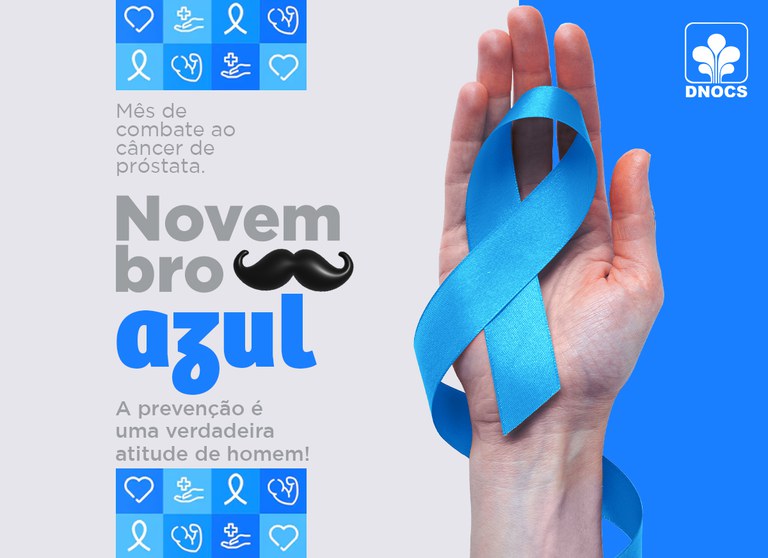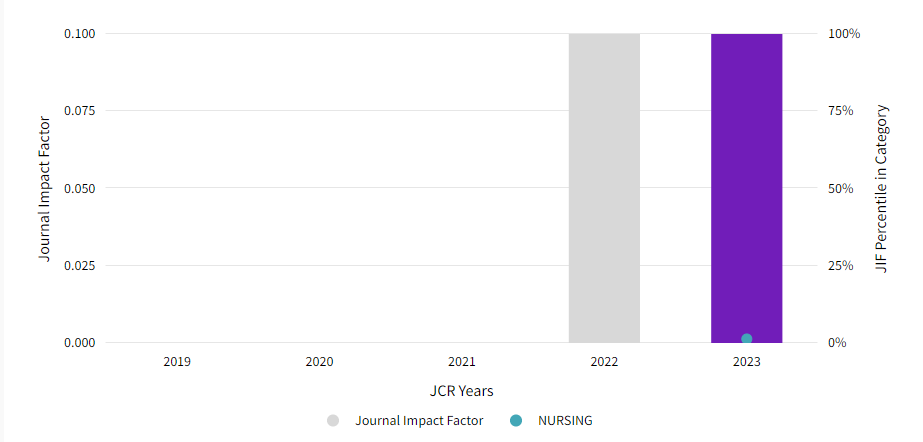Repercussion of telemonitoring as a self-care strategy for diabetes mellitus people / Repercussão do telemonitoramento como estratégia para o autocuidado às pessoas com diabetes mellitus
DOI:
https://doi.org/10.9789/2175-5361.rpcfo.v13.9685Keywords:
Diabetes Mellitus tipo 2, Telefone, Autocuidado, Doença Crônica, Cuidados de EnfermagemAbstract
RESUMO
Objetivo: analisar as produções científicas sobre o telemonitoramento e suas repercussões no acompanhamento do autocuidado de pessoas com Diabetes Mellitus tipo 2 (DM2). Métodos: trata-se de revisão integrativa da literatura, realizada nas bases de dados BVS (LILACS, BDENF, MEDLINE) e PUBMED nos meses de junho a julho de 2018, com recorte temporal de cinco anos. Resultados: a amostra é constituída de 10 artigos sobre a temática e, a partir de associações temáticas, foi nomeada em duas categorias: repercussão da estratégia telefônica para o autocuidado e estratégia telefônica: controle e eficácia. Conclusão: o uso do telemonitoramento no acompanhamento de pessoas com DM2 teve boa repercussão e serviu como apoio, educação em saúde e monitoramento dos níveis glicêmicos. Dessa forma, houve melhorias no comportamento de saúde e satisfação com o serviço recebido e, com isso, demonstrou eficácia para o autocuidado.
Downloads
References
Sociedade Brasileira de Diabetes (Brasil). Diretrizes da sociedade brasileira de diabetes. Rio de Janeiro: a.c. farmacêutica; 2017 [acesso em 27 de junho 2020] Disponível em: https://www.diabetes.org.br/profissionais/images/2017/diretrizes/diretrizes-sbd-2017-2018.pdf.
World Health Organization (WHO). Global Status Report on Noncommunicable Diseases. Attaining the nine global noncommunicable diseases targets: a shared responsibility. [Internet]. 2017 [cited 2020 jun 27]. Available from: https://www.who.int/chp/ncd_global_status_report/en/.
International Diabetes Federation (Belgium). Diabetes Atlas. Brussels: International Diabetes Federation; 2015 [cited 2020 jun 27] Available from: https://www.idf.org/e-library/epidemiology-research/diabetes-atlas/13-diabetes-atlas-seventh-edition.html.
Ministério da Saúde (BR). Secretaria de Atenção à Saúde. Estratégias para o cuidado da pessoa com doença crônica: diabetes mellitus. ed. Brasília: Ministério da Saúde; 2013 [acesso em 15 de novembro 2020]. Disponível em: http://bvsms.saude.gov.br/bvs/publicacoes/estrategias_cuidado_pessoa_diabetes_mellitus_cab36.pdf.
Torres HC, Franco LJ, Stradioto MA, Hortale VA, Schall VT. Avaliação estratégica de educação em grupo e individual no programa educativo em diabetes. Rev. Saúde Públ. [Internet]. 2009 [acesso em 15 de fevereiro 2017]; 43(2). Disponível em: http://dx.doi.org/10.1590/S0034-89102009005000001.
Vasconcelos HCA, Freitas RWJF, Marinho NBP, Damasceno MMC, Araújo LT, Lima FET. Eficácia de intervenções que utilizam o telefone como estratégia para o controle glicêmico: revisão integrativa da literatura. Texto & contexto enferm. [Internet]. 2013 [acesso em 15 de fevereiro 2017]; 20(1). Disponível em: http://www.scielo.br/scielo.php?script=sci_abstract&pid=S010407072013000100029&lng=en&nrm=iso&tlng=pt.
Rezende EJC, Melo MCB, Tavares EC, Santos AF, Souza C. Ética e telessaúde: reflexões para uma prática segura. Rev. panam. salud pública. [Internet]. 2010 [acesso em 15 de fevereiro 2017]; 28(1). Disponível em: https://scielosp.org/pdf/rpsp/2010.v28n1/58-65/pt.
OLIVEIRA GYM, Almeida AMO, Girão ALA, Freitas CHA. Intervenções de enfermagem para promoção do autocuidado de pessoas com diabetes tipo 2: revisão integrativa. Rev. eletro. enferm. [Internet]. 2016 [acesso em 18 de abril 2018]; 18: e1188. Disponível em: http://dx.doi.org/10.5216/ree.v18.38691.
Galvão MTRL, Janeiro JMSV. O autocuidado em enfermagem: autogestão, automonitorização e gestão sintomática como conceitos relacionados. REME rev. min. enferm. [Internet]. 2013 [acesso em 18 de abril 2017]; 17(1). Disponível em: http://www.dx.doi.org/10.5935/1415-2762.20130019.
Fernandes BSM, Reis IA, Torres HC. Avaliação da intervenção telefônica na promoção do autocuidado em diabetes: ensaio clínico randomizado. Rev. latinoam. enferm. (Online). [Internet]. 2016 [acesso em 23 de maio 2017]; 24(20). Disponível em: http://www.dx.doi.org/10.1590/1518-8345.0632.2719.
Moher D, Liberati A, Tetzlaff J, Altman DG. The PRISMA Group. Preferred reporting items for systematic reviews and meta-analyses: the PRISMA Statement. PloS med. [Internet]. 2009 [cited 2017 may 23]; 6(7). Disponível em: https://dx.doi.org/10.1371%2Fjournal.pmed.1000097.
Mendes KDS, Silveira RCCP, Galvão CM. Revisão integrativa: método de pesquisa para a incorporação de evidências na saúde e na enfermagem. Texto & contexto enferm. [Internet]. 2008 [acesso em 23 de maio 2017]; 17(4). Disponível em: https://doi.org/10.1590/S0104-07072008000400018.
Souza MT, Silva MD, Carvalho R. Revisão integrativa: o que é e como fazer? Einstein. [Internet]. 2007 [acesso em 23 de maio 2017]; 8(1). Disponível em: https://www.scielo.br/pdf/eins/v8n1/pt_1679-4508-eins-8-1-0102.pdf.
Melnyk BM, Fineout-Overholt E. Evidence-based practice in nursing & healthcare: a guide to best practice. 2. ed. Philadelphia: Lippincot Williams & Wilkins; 2005. 624p.
Delphino TM, Souza PA, Santana RF. Telemonitoramento como intervenção no pós-operatório de facectomia: revisão sistemática da literatura. REME rev. min. enferm. [Internet]. 2016 [acesso em 23 de maio 2017]; 20: e937. Disponível em: http://www.dx.doi.org/10.5935/1415-2762.20160007.
Currell R, Urquhart C, Wainwright P, Lewis R. Telemedicine versus face to face patient care: effects on professional practice and health care outcomes. Cochrane database syst. rev. (online). [Internet]. 2000 [cited 2020 jun 27]; (2): CD002098. Available from: https://doi.org/10.1002/14651858.cd002098.
Quinn CC, Khokhar B, Weed K, Barr E, Gruber-Baldini AL. Older adult self-efficacy study of mobile phone diabetes management. Diabetes technol. ther. [Internet]. 2015 [cited 2017 may 14]; 17(7). Available from: https://doi.org/10.1089/dia.2014.0341.
Karhula T, Vuorinen AL, Rääpysjärvi K, Pakanen M, Itkonen P, Tepponen M et al. Telemonitoring and mobile phone-based health coaching among finnish diabetic and heart disease patients: randomize controlled trial. J. med. internet res. [Internet]. 2015 [cited 2017 may 23]; 17(6). Available from: https://doi.org/10.2196/jmir.4059.
Browning C, Chapman A, Yang H, Liu S, Zhang T, Enticott J et al. Management of type 2 diabetes in China: the Happy Life Club, a pragmatic cluster randomized controlled trial using health coaches. BMJ Open. [Internet]. 2016 [cited 2017 may 23];6(3). Available from: http://dx.doi.org/10.1136/bmjopen-2015-009319.
Nundy S, Mishra A, Hogan P, Lee SM, Solomon MC, Peek M. How do mobile phone diabetes programs drive behavior change? Evidence from a mixed methods observational cohort study. Diabetes educ. [Internet]. 2014 [cited 2017 may 23]; 40(6). Available from: https://dx.doi.org/10.1177%2F0145721714551992.
Osborn CY, Mulvaney SA. Development and feasibility of a text messaging and interactive voice response intervention for low-income, diverse adults with type 2 diabetes mellitus. J diabetes sci technol (Online). [Internet]. 2013 [cited 2017 apr 18]; 7(3). Available from: https://doi.org/10.1177/193229681300700305.
Dennis SM, Harris M, Lloyd J, Davies GP, Faruqi N, Zwar N. Do people with existing chronic conditions benefit from telephone coaching? A rapid review. Aust. health. rev. [Internet]. 2013 [cited 2017 apr 18]; 37(3). Available from: https://www.publish.csiro.au/ah/AH13005.
Wayne N, Perez DF, Kaplan DM, Ritvo P. Health coaching reduces HbA1c in type 2 diabetic patients from a lowe-socioeconomic status community: A randomized controlled trail. J. med. internet res. [Internet]. 2015 [cited 2017 apr 18]; 17(10). Available from: http://doi.org/10.2196/jmir.4871.
Cavalari E, Mello BLD, Oliveira AS, Alves LMM. Utilização da telenfermagem às pessoas com doenças crônicas: revisão integrativa. J. health inform. [Internet]. 2012 [acesso em 18 de abril 2017]; 4(Esp. 2). Disponível em: https://pesquisa.bvsalud.org/portal/resource/pt/lil-707366.
Nelson LA, Coston TD, Cherrington AL, Osborn CY. Patterns of user engagement with mobile- and web-delivered self-care interventions for adults with T2DM: A review of the literature. Curr. diab. rep. [Internet]. 2016 [cited 2017 may 23]; 16(7). Available from: https://doi.org/10.1007/s11892-016-0755-1.
Ruggiero L, Rilev BB, Hernandez R, Quinn LT, Gerber BS, Castillo A et al. Medical assistant coaching to support diabetes self-care among low-income racial/ethnic minority populations: randomized controlled trial. West. j. nursing res. [Internet]. 2014 [cited 2017 may 11]; 36(9). Available from: https://doi.org/10.1177/0193945914522862.
Nundy S, Dick JJ, Solomon MC, Peek ME. Developing a behavioral model for mobile phone-based diabetes interventions. Patient educ. couns. [Internet]. 2013 [cited 2017 may11]; 90(1). Available from: https://doi.org/10.1016/j.pec.2012.09.008.
Published
Versions
- 2021-06-01 (2)
- 2021-06-01 (1)
How to Cite
Issue
Section
License
Copyright (c) 2021 JRFCO

This work is licensed under a Creative Commons Attribution-NonCommercial-NoDerivatives 4.0 International License.
TRANSFER AGREEMENT COPYRIGHT I transfer copyright of the article to the Journal of Care Survey is Fundamental - Online - RPCF, so it is accepted due to electronic publishing. The copyright includes the right to reproduce in whole or in part by any means, distributing that article, including figures, photographs, and any translations. The author can also print and distribute copies of your article, stating that since the rights belong to RPCF. I declare that this manuscript is original and has not been submitted for publication, in whole or in part to other online journals or not, so BMMC in the Annals of scientific events or book chapters.




























